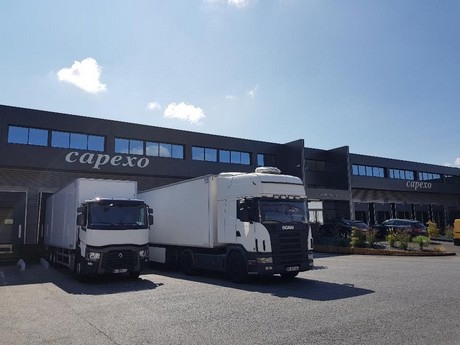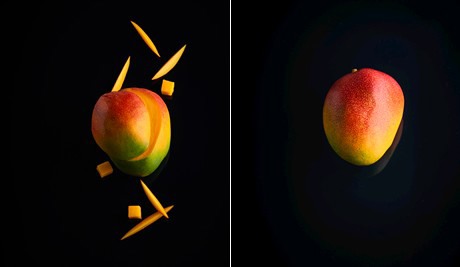On the mango market, we are currently at the crossroads between the end of some origins and the beginning of others. “Up until last week, we had mangoes shipped from Senegal by boat, with which we supplied mostly supermarkets. But today, we are working with small fruits from Israel of the Omer and Kasturi varieties. In a couple of weeks, the Israel origin will end, making way for Spain.
We are pleased with the Israel season in terms of quality and we are also expecting a good Spanish season, although the announced volumes are approximately 20% lower than those obtained last year. There is also some Kent mango shipped from Brazil by plane and the volumes are very limited. Generally speaking, the offer meets the demand,” explains Vincent Soler, manager of Capexo.

The Kent mango shipped by boat represents 90% of the European market, but the Osteen mango from Spain has managed to find a place on the French market. “There used to be 50% Tommy Atkins, and 50% Kent on the market. But for many years now, all producers have changed their Tommy Atkins orchards to Kent, a variety without fibers which corresponds better to the expectations of the European market. Spain is the exception, with 90% of Osteen mangos.
Originally, this variety was not known to be the best, but it has the advantage of being produced in Spain and can be transported within Europe in 24 hours. It ripens on the spot and can therefore be sold at very affordable prices. That’s why consumers like it a lot,” explains Vincent.
 Photo credit: Capexo
Photo credit: Capexo
Each year, Spain produces more and more mangoes and was able to win with import-export companies. “It forces us, importers, to wait for Spain to finish its season in order to start importing from Brazil, or Peru. But the volumes from Spain are increasing each year, so we must wait longer and longer to import from other places. Like all importers in Europe, we have had to adapt and also import from Spain. But this is a relatively new phenomenon; Spain has only started producing significant volumes in the last 7-8 years.”
For more information:
Vincent Soler
Capexo
32-34 avenue Georges Guynemer
ZI Jean Mermoz,
94550 Chevilly-Larue
Phone: 01 41 73 23 00
v.soler@capexo.fr
http://www.capexo.fr
